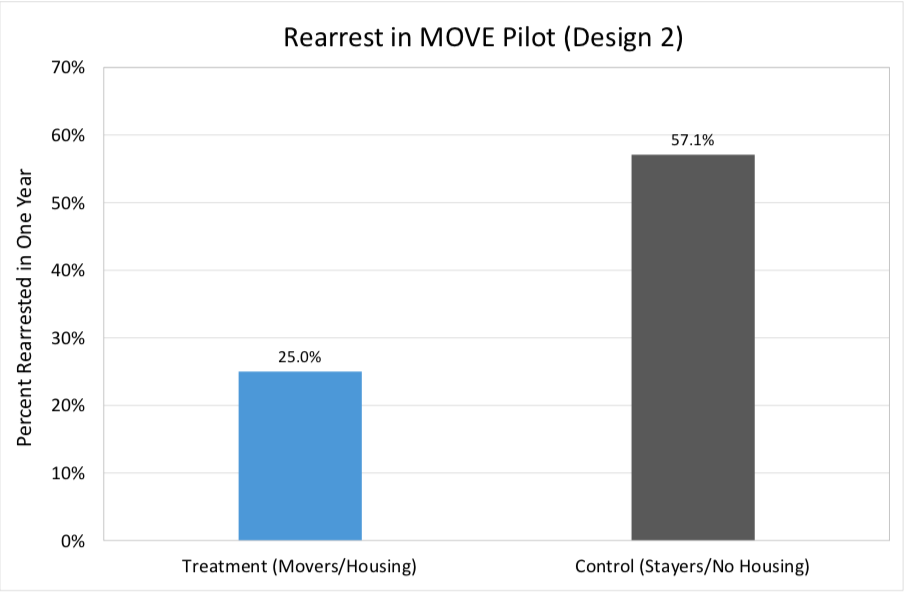Are prisoners who go back to their old neighborhoods upon release more or less likely to get arrested again than those who move? That’s the question
University of Oxford sociology professor David Kirk posed in a seminar he gave at Duke March 28. Recidivism is the tendency of a convicted criminal to re-offend, and Kirk wondered if the risk of recidivism might be lower when former prisoners reside in a geographic area different from where they lived prior to incarceration.
To test his hypothesis, Kirk first designed a study in New Orleans following Hurricane Katrina. A full 72 percent of dwellings in New Orleans were damaged in some manner following the hurricane, but the neighborhoods that were hit the hardest tended to be areas that were socioeconomically disadvantaged and home to ethnic minorities. These also tended to be areas to which released prisoners would have returned. Realizing they would not be able to return because of the damage, Kirk designed a study to compare the likelihood of recidivism in people who moved to a different parish pre vs. post-Katrina. The results of the study showed that 50 percent of people were induced to move post-Katrina, compared to 25 percent before Katrina. Parolees who moved to a new neighborhood were less likely to be rearrested.
Based on the Moving to Opportunity (MTO) project, a government-funded housing mobility program in the 1990’s for poor families in five cities, Kirk decided to build on his Katrina results to launch a pilot program in Maryland called MOVE, or Maryland Opportunity through Vouchers Experiment. In the first design, the treatment group received a six-month housing subsidy upon release, but it had to be used in a new jurisdiction. The control group received a six-month subsidy in their home jurisdiction. In the results for this experiment, no one in either group that received free housing was rearrested. However, in the control group where released prisoners received no free housing and returned to their old neighborhoods, 22 percent were rearrested.
The second design gave no subsidy for staying in the home jurisdiction, but incentivized moving to a new city with free housing. In the Maryland experiment, the ‘home’ jurisdiction was Baltimore, and the treatment group housing subsidy was in Prince George’s County, about forty-five minutes away in neighboring Washington, D.C. The pilot implemented four prisons in the state of Maryland and male prisoners hailing from Baltimore were eligible, with the exception of sex offenders.

In the second design where the treatment group got free housing in a new environment and the control group moved to their old communities with no free housing, 22 percent of the treatment group was rearrested compared to 57 percent of the control group. Kirk explained that this second design is more practical than the first because only one group has to receive subsidized housing, thus it is half the cost of the first design. However, since the treatment group gets free housing and moves in the second design, it is harder to tease out the exact reason for lower rearrest rates. Other general trends Kirk has found through his research are that younger individuals who have been imprisoned tend to benefit more from district changes than older individuals. There is also a much larger gap between ‘movers’ and ‘stayers’ in rearrest rates for women, so Kirk hopes to conduct future studies involving female released prisoners.
Post by Victoria Priester

